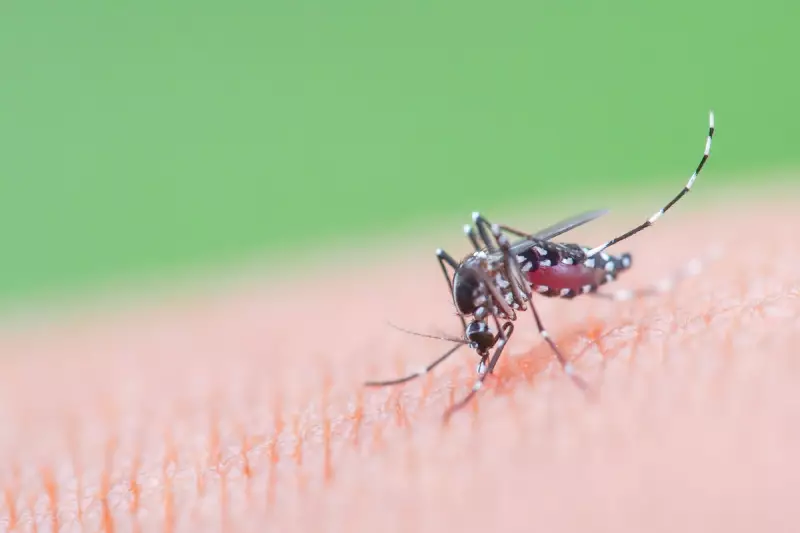
Health authorities in New York have issued an urgent warning after confirming the state's first locally-transmitted cases of chikungunya virus in nearly a decade, raising concerns about the spread of mosquito-borne illnesses in the region.
What is Chikungunya Virus?
The chikungunya virus, primarily spread through mosquito bites, causes severe and often debilitating symptoms that can persist for months. Unlike malaria or dengue, chikungunya was historically rare in temperate climates like New York's, making these recent cases particularly significant for public health officials.
Symptoms to Watch For
Infected individuals typically experience:
- High fever reaching 40°C (104°F)
- Severe joint pain and swelling
- Muscle pain and headaches
- Skin rash and fatigue
Medical experts emphasize that while the virus is rarely fatal, the joint pain can become chronic, lasting for several months or even years in some patients.
Protection and Prevention Measures
With mosquito season approaching its peak, health authorities recommend:
- Using EPA-registered insect repellent containing DEET
- Wearing long-sleeved clothing during dawn and dusk
- Eliminating standing water around properties
- Installing window screens and using air conditioning
"The appearance of locally-acquired cases signals we need heightened vigilance," stated a New York health department spokesperson. "These aren't travel-related infections - the transmission happened right here in our community."
Historical Context and Future Concerns
The last significant chikungunya outbreak in New York occurred in 2014, with the current cases representing the first local transmission since that period. Climate scientists note that warming temperatures may be creating more favourable conditions for disease-carrying mosquitoes in previously unaffected regions.
Healthcare providers have been alerted to watch for patients presenting with relevant symptoms, particularly those who haven't recently travelled to tropical regions where the virus is more common.





